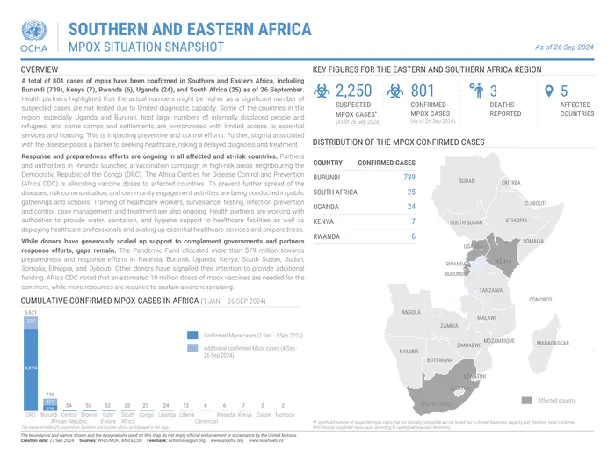
Unlocking the Secrets: How Histology Influences Therapy Choices in Non-Clear Cell Renal Cell Carcinoma (nccRCC)
2024-09-20
Introduction
In the complex landscape of cancer treatment, the role of histology in selecting optimal therapies for non-clear cell renal cell carcinoma (nccRCC) is crucial. With several subtypes—some far less common than others—the differentiation can significantly impact patient outcomes.
The Role of Histology in Treatment Selection
Histology plays a pivotal role in treatment selection for nccRCC. For instance, more prevalent subtypes such as papillary and chromophobe cancers often present with standard treatment pathways that oncologists are more familiar with. In contrast, rarer variants like collecting duct carcinoma and renal medullary carcinoma pose unique challenges in management. These uncommon subtypes may not only respond differently to standard therapies but might also require specialized treatment regimens.
Challenges in Treating Rare Subtypes
Clinicians face significant hurdles with these less frequent subtypes due to limited data and fewer clinical trials to guide therapy decisions. In many cases, oncologists must rely on clinical experience and precedent rather than established protocols. This can lead to uncertainty in treatment sequencing, requiring a careful balance of available clinical data and firsthand experience.
The Importance of Shared Decision-Making
In navigating these complexities, fostering shared decision-making between healthcare providers and patients is vital. This collaborative approach ensures that patients are fully informed of their treatment options, risks, and benefits, leading to more personalized and effective care.
Future Directions in nccRCC Treatment
As researchers continue to explore the molecular underpinnings of these nccRCC subtypes, a deeper understanding may emerge, paving the way for novel therapies that are better suited to the specific characteristics of each subtype. This evolving knowledge not only holds promise for more effective treatments but also emphasizes the importance of individualized patient care in oncology.
Conclusion
With an increasing focus on targeted therapy and precision medicine, the need for comprehensive histological analysis has never been greater. As we learn more about how to tailor treatments based on histological characteristics, the future of nccRCC therapy is set to become more sophisticated, leading to improved outcomes for patients facing this challenging diagnosis.



 Brasil (PT)
Brasil (PT)
 Canada (EN)
Canada (EN)
 Chile (ES)
Chile (ES)
 España (ES)
España (ES)
 France (FR)
France (FR)
 Hong Kong (EN)
Hong Kong (EN)
 Italia (IT)
Italia (IT)
 日本 (JA)
日本 (JA)
 Magyarország (HU)
Magyarország (HU)
 Norge (NO)
Norge (NO)
 Polska (PL)
Polska (PL)
 Schweiz (DE)
Schweiz (DE)
 Singapore (EN)
Singapore (EN)
 Sverige (SV)
Sverige (SV)
 Suomi (FI)
Suomi (FI)
 Türkiye (TR)
Türkiye (TR)